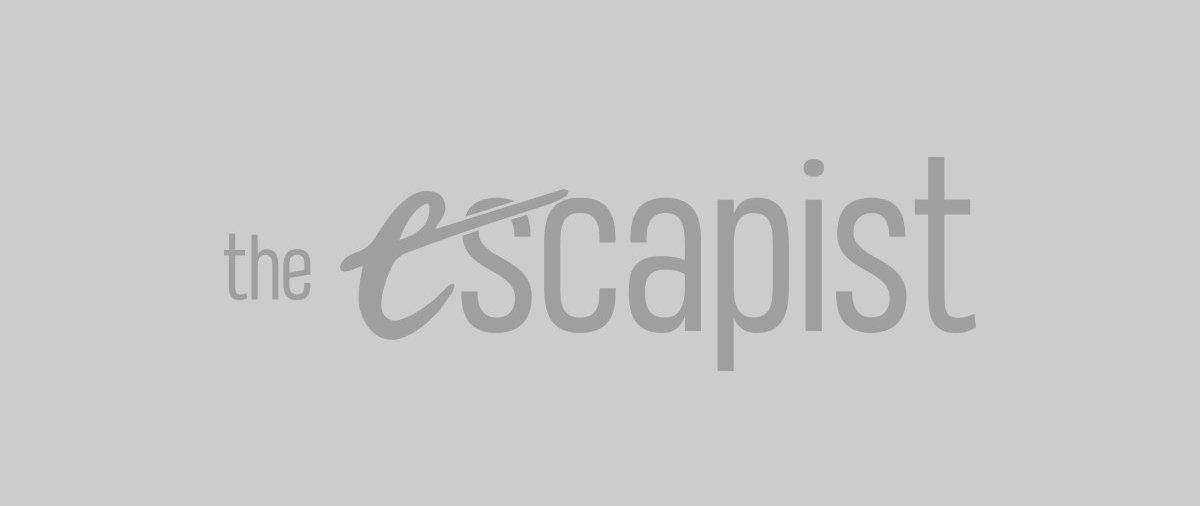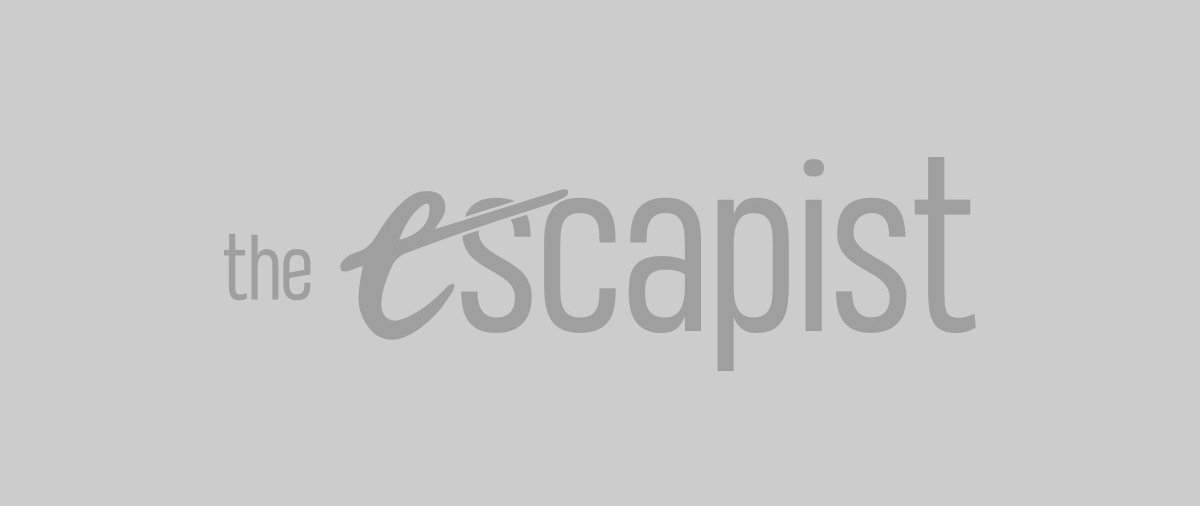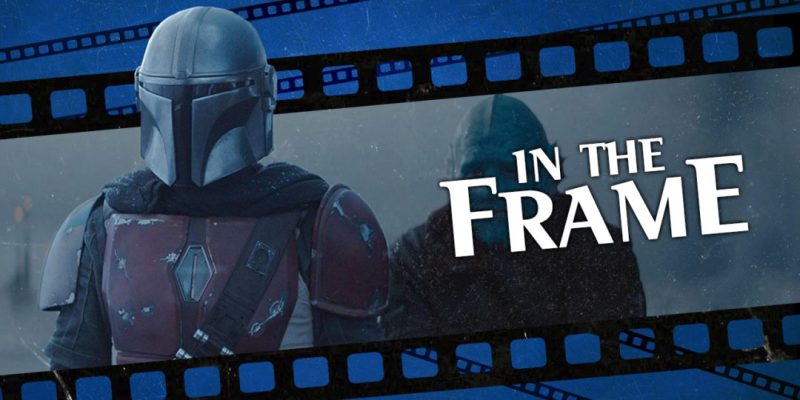Theoretically, The Mandalorian breaks new ground for the Star Wars franchise. It represents the series’s first foray into live-action television by serving as the launching pad of the Disney+ streaming service. It is also set in the unexplored time gap between the end of Return of the Jedi and the start of The Force Awakens.
Despite all that, it’s striking how familiar the pilot of The Mandalorian feels. It is packed with familiar iconography and references to the original trilogy, even when they don’t necessarily make sense. Boba Fett ended up with a carbonite-encased Han Solo in The Empire Strikes Back because Darth Vader wanted to test the process before employing it on Luke. However, the first act of The Mandalorian suggests that this bounty hunter has gone all-in on the process.
Even the elements that aren’t explicitly references are designed to look and feel familiar, in part through an emphasis on practical effects. The lead character is a Mandalorian, meaning he looks a lot like the iconic character Boba Fett. The droid assassin IG-11 (Taika Waititi of Thor: Ragnarok and Jojo Rabbit) looks a lot like IG-88 from The Empire Strikes Back. The episode ends by showing a baby that looks a lot like Yoda.
Although the pilot of The Mandalorian steers clear of Jedi and the Force, the title character fills that narrative void. Like Luke Skywalker, he is a relic of a culture thought lost. The vapor farmer Kuiil (Nick Nolte of The Prince of Tides and Warrior) even describes the Mandalorians in similar terms, saying, “I’ve never met a Mandalorian. I’ve only read the stories.”

The show’s pilot is directed by Dave Filoni, the creator of the animated show Star Wars Resistance. The pilot is written by Jon Favreau, one of the steadiest hands working at Disney. He launched the Marvel Cinematic Universe with Iron Man and directed the also very safe remake of The Lion King, the highest-grossing non-MCU movie of the year.
This caution could be due to the stake that Disney has in the launch of The Mandalorian as the cornerstone of its streaming launch. However, it might also demonstrate how Disney wants to develop the Star Wars brand in the years ahead.
Disney launched its version of Star Wars with The Force Awakens, which was presented as a return to form for the series after George Lucas’ more ambitious and adventurous prequel trilogy alienated a significant portion of the audience. The film was directed by J. J. Abrams, a director hugely inspired by Lucas and Steven Spielberg, and its plot was heavily modeled on that of Star Wars: A New Hope.
Disney took a number of sizable gambits with the property after The Force Awakens. Rogue One was directed by Gareth Edwards, who was best known for the impressive and adventurous high-concept indie film Monsters. The second film in the new trilogy was handed to Rian Johnson, who was respected by critics for smaller films like Brick and Looper.

The results weren’t what Disney anticipated. Production on Rogue One was so troubled that the third act was reshot under the supervision of Tony Gilroy. While Rian Johnson’s work on The Last Jedi was critically successful, it provoked a backlash from more traditional and reactionary elements of the Star Wars fanbase.
Other projects fared even worse. Disney hired Phil Lord and Christopher Miller, best known for comedies like The Lego Movie and 21 Jump Street, to direct Solo, but the studio found the results so terrifying that they brought in Ron Howard to reshoot 85 percent of the film. Josh Trank was hired to direct a Boba Fett film, but that deal fell apart following his disastrous Fantastic Four reboot.
Disney has spent a lot of time trying to stabilize the Star Wars brand. Safety Not Guaranteed director Colin Trevorrow was removed from The Rise of Skywalker after critics bashed his family drama The Book of Henry, and the film was placed back into Abrams’ safe hands. Divisive Game of Thrones writers David Benioff and D. B. Weiss dropped out of their planned Star Wars trilogy, just as it was announced that Kevin Feige might make his own Star Wars film.
The Mandalorian offers viewers pretty much exactly what they have come to expect from the franchise, with very few surprises and nothing spectacularly new or ambitious. If this represents the future of Star Wars, it’s disappointing. Between the faithful live-action remakes of their beloved animated films and the reliable stability of the Marvel Cinematic Universe, Disney already has two major in-house franchises built on familiarity and recognizability. It would be a shame to reduce Star Wars to a collection of Star Wars references.

Perhaps this gets at the central tension of Disney’s ownership of Star Wars. As much as the fan base might have a complicated relationship with George Lucas, he had a vision of what he wanted the franchise to be. He pushed it in new directions, towards ideas that interested him. Sometimes this led to The Empire Strikes Back, and sometimes it produced The Phantom Menace.
Disney’s early experiments with Star Wars suggested a willingness to invite other directors with strong creative visions to make their mark upon the franchise. The company was willing to try new things and embrace new approaches. The first two acts of Rogue One are breathtaking in their audacity. Whatever issues exist with The Last Jedi, the passion it has sparked on the internet demonstrates it doesn’t play it safe. Creative risks are necessary to keep these franchises fresh and vibrant.
The Mandalorian doesn’t feel like the work of a visionary. Whatever vision it has is gazing firmly backwards.
